Existing User Log In
New User Registration
Register for a free account to gain full access to the VGChartz Network and join our thriving community.



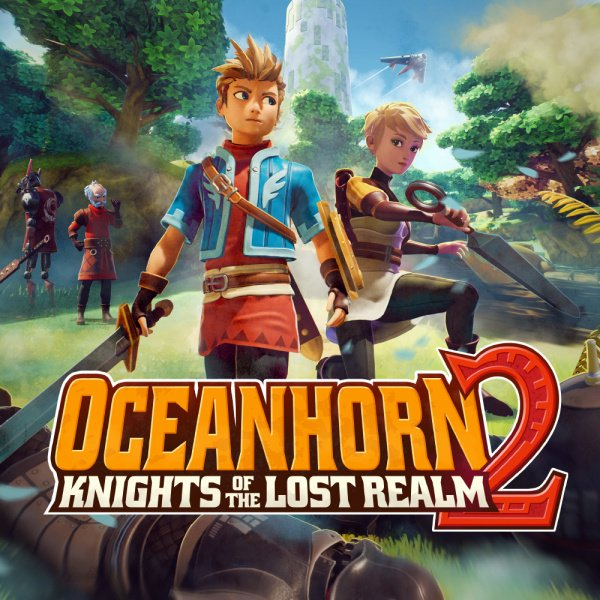

America - Front
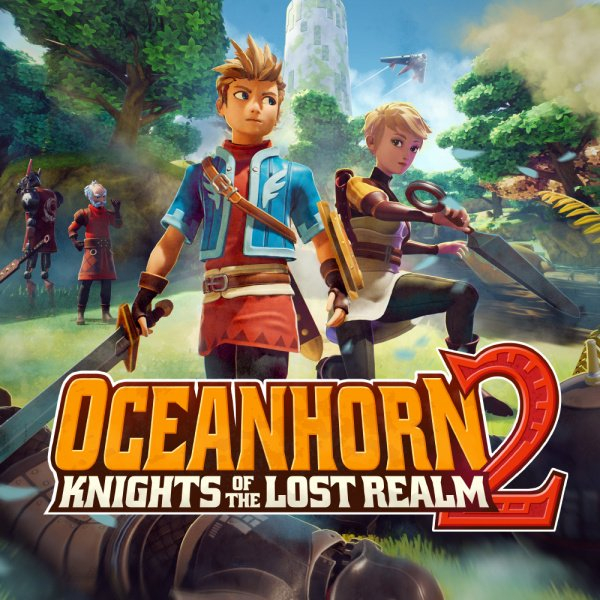

America - Back

Cornfox & Brothers
Action-Adventure
 (Add Date)
(Add Date) (Add Date)
(Add Date) (Add Date)
(Add Date)
| Owners: | 1 |
| Favorite: | 0 |
| Tracked: | 1 |
| Wishlist: | 0 |
| Now Playing: | 0 |
There are plenty of Zelda imitators out there, but the Oceanhorn series is among the most transparent in its emulation. The series, which began its life on iOS as the ocean-faring adventure Oceanhorn: Monster of Uncharted Seas, has always been obvious in its appreciation for Zelda's mechanics, rhythm, and presentation. Not to say that's a bad thing; Monster of Uncharted Seas, for all its limitations, was a satisfactory substitute for a top-down Zelda. Its prequel, Oceanhorn 2: Knights of the Lost Realm, is in a similar boat (no pun intended). It's a decent replacement for a 3D Zelda game, thanks to some interesting if unpolished ideas.
Oceanhorn 2 takes place one thousand years before the original Oceanhorn. As a young, nameless knight, you'll travel across the world of Gaia in a quest to return three divine pendants to their resting places. In your path stands Mesmeroth, a sinister wizard with a dark army at his command.
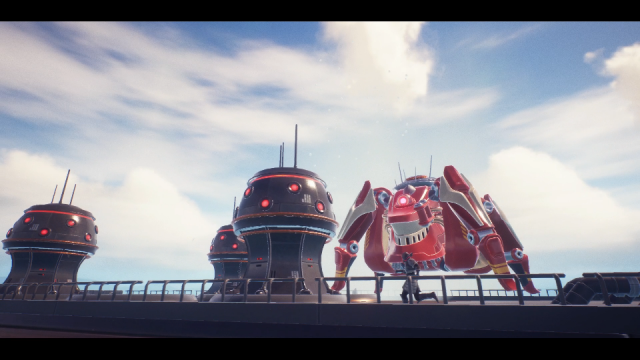
How much you enjoy the narrative in Oceanhorn 2 will depend greatly on whether you've experienced and enjoyed the premier game. In the prequel, you will experience events and personalities first-hand that feature as ancient history in the first Oceanhorn. Characters formerly thought saintly or villainous are shown here as far more nuanced, and the titular Oceanhorn, a scourge of the seas in the original game, is, one thousand years earlier, a reliable defender of humanity. Knowing how the story will end a millennium later adds additional emotional heft to the proceedings. Indeed, there is a bittersweet air of inevitability to the whole game.
That said, there are a few issues with storytelling. The first is voice-acting. It's inconsistent. Some performances are fine; others, most notably Fryda Wolff who plays the Knight Trin, are sub-par. Other problems include some rushed revelations and an unconvincing, unearned romantic subplot.
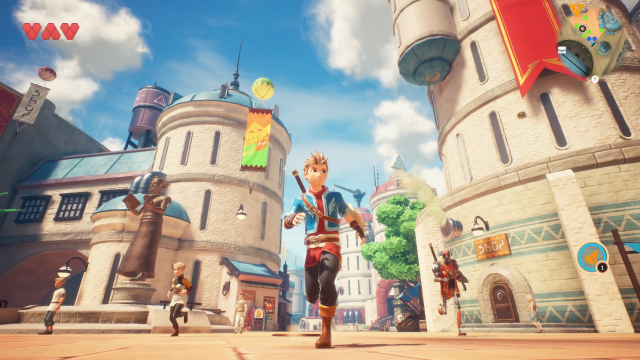
There are fewer issues with the title's gameplay loop. In general, the game plays like a pre-Breath of the Wild 3D Zelda game — something along the lines of Ocarina of Time or Skyward Sword. You'll explore a segmented world populated with dungeons, treasures, monsters, and helpful NPCs. The core of the game is a set of dungeons, with puzzles to solve and bosses to beat. There's also a surprisingly expansive overworld, accessible on foot or by boat or aircraft, with many secrets and side-quests.
In terms of the three Zelda tenets — combat, puzzle-solving, and exploration — Oceanhorn 2 acquits itself serviceably. Combat, while a little stiff at times, deploys a few interesting mechanics, including a projectile weapon that uses elemental attacks, a grappling hook, and the ability to command up to two sidekicks into battle. While this tactical element to battle is undercooked — as is the game's half-baked stealth set-up — it is appreciated as a divergence from typical Zelda rules.
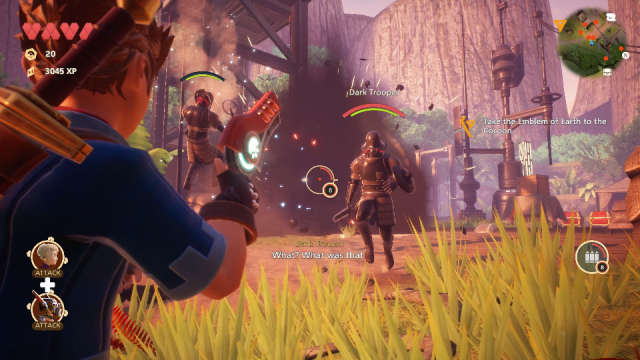
Sidekicks aren't only helpful in battle; they can actually participate in puzzling-solving. There's a particularly clever puzzle in the Pirta Beacon dungeon where the hero must direct his companions to step on pressure switches while he guides an electrical arc to the right pylon. Sadly, the complexity of this puzzle is an exception. Most of the problems in Oceanhorn 2 are on the easy side.
Exploration is arguably where Oceanhorn 2 is at its best. Each region of the game has multiple detours, treasure chests, hidden bloodstones, and other secrets. There is a lot to uncover: a system of fast travel points, a bunch of bounties to turn in to the capital city jail, and 19 ancient daggers buried around the kingdom that trigger a major reward. You could beat Oceanhorn 2 in about 12 hours, but it will take you double that to see all Gaia has to offer. Just as with the first Oceanhorn, you get back what you put in.
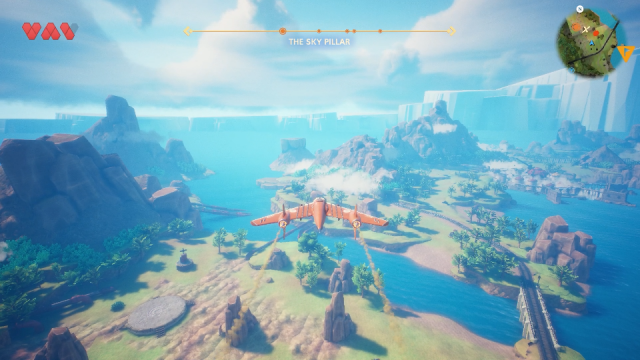
One facet of exploration where Oceanhorn 2 excels is underwater investigation. In the Submeria region (think Zora's Domain) the hero will collect a diving helmet, which allows him to explore nearby underwater wrecks and a partially submerged dungeon. This is one area where the Zelda team at Nintendo EPD could take notes; underwater exploration in Breath of the Wild 2 would be a great addition.
Graphically, Oceanhorn 2 is very impressive. While there are some warts — bad lip-syncing among them — in general the game looks terrific, thanks to its huge maps, bright lighting, and colorful, detailed environments. This is one of the best-looking indie games on Switch, hands down. On the technical front, the game is mostly reliable, minus two instances where it crashed during my playthrough.
As a 3D Zelda replacement, Oceanhorn 2 is competent, if a little derivative and unpolished. It delivers what you'd expect — monster fighting, dungeon diving, and problem solving — in a surprisingly large, unexpectedly beautiful world. Combat is underdeveloped, puzzles are straightforward, and the story at times feels rushed, but overall the game will deliver the kind of adventure that Zelda fans crave.









